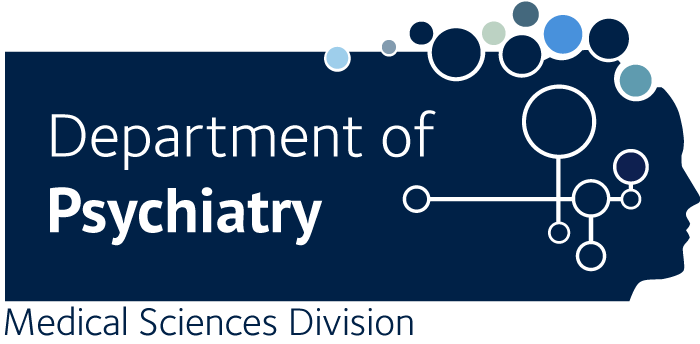A prospective study of risk factors and new prediction model for inpatient aggression in a Turkish forensic psychiatric cohort with psychotic illness
Balcioglu YH., Avci M., Oncu F., Iyisoy MS., Gica S., Forsman J., Ryland H.
Background: Aggression among psychiatric inpatients causes harm and disrupts care. While often linked to modifiable risk factors, their role remains unclear, and many prediction tools overlook them. This study aimed to assess the relationship between risk factors and inpatient aggression among forensic patients with psychotic disorders in Turkiye and to develop a population-specific prediction model. Methods: Eight static and ten dynamic risk factors were assessed. Dynamic factors were collected fortnightly, with the outcome defined as any physical or verbal aggression between assessment rounds. Multilevel logistic regression analyses assessed the association between dynamic risk factors and outcomes. A new population-specific prediction model was developed by refitting the previously developed elsewhere (FOxWeb). Models incorporating fixed effects were used to assess predictive performance. Results: Over four months, 102 forensic psychiatric inpatients underwent 811 dynamic risk assessments, with 603 aggressive incidents recorded. Forty-two patients were involved in at least one incident. Many dynamic factors were significantly associated with outcomes in both univariable and multivariable analyses. The total dynamic score was a significant predictor, improving the discrimination of the fixed-effects model (AUC = 0.84, 95 % CI: 0.81–0.87) compared to the model using static factors alone (AUC=0.73, 95 % CI: 0.69–0.77). Conclusion: Combining dynamic and static factors in the prediction model showed strong performance for assessing aggression risk. Refitting existing prediction models to specific populations may offer enhanced performance, but this requires external validation in independent samples as development models may be overfitted. Highly quality predicative models could enhance interventions, optimize resource use, and improve clinical decision-making.

